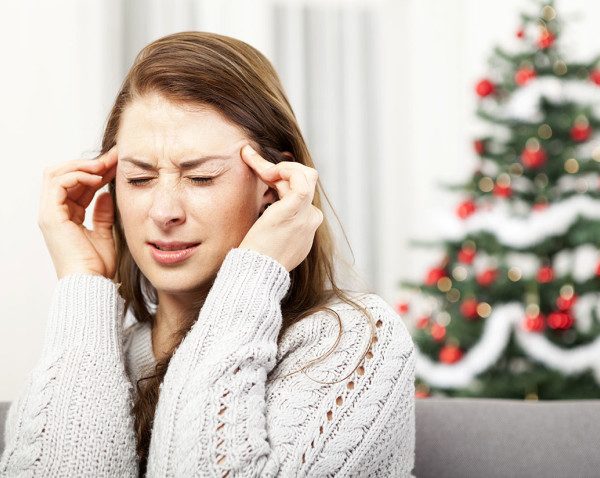According to the NIDA, “Recovery from drug addiction requires effective treatment, followed by management of the problem over time.” It’s not a far leap to say that many people with an addiction will cycle through periods of abstinence and relapse again and again as the pressures of their daily lives build up and exacerbate ongoing post-acute withdrawals.
We all deal with stress as a common part of our existence, but, for an addict, dealing with post-acute withdrawals can take on a whole new realm of symptomatic conditions they never get used to.
What is Aftercare?
Aftercare is an often overlooked part of treatment that promotes positive recovery lifestyles and support after rehab is over. Post-acute withdrawals will take time and careful attending to get over. Time to get the brain and body back in balance while rehabilitating distortions of thoughts, moods, and behaviors.
After making it through detox and on to abstinence, hopefully, the addict has aligned themselves to the fact that addiction is a disease and while it can be managed in a variety of ways, they are unlike anyone else.
Most of all, aftercare is a positive step, a place, a program, a counseling session, group meeting, or other option that renews hope in addiction recovery. Commonly facilitated through 12-step programs and provider services to address ongoing medical or psychiatric issues with referrals for any legal, vocational, or domestic needs, it often escapes the addict and those who support them to stay connected to the aftercare recovery resources they have available to them.
Long-Term Effects

Those going through post-acute withdrawals are hypersensitive to stress.
Cravings after detox are the some of the most bothersome post-acute withdrawal symptoms with the effects of some drugs like opiates, cocaine, and alcohol cravings going on for months or years despite the best efforts to suppress them. The brain is a remarkable organ made up of billions of nerve cells, each capable of multiple scenarios as it interacts with brain systems, pathways, and signaling mechanisms.
According to the National Institutes of Health, changes in brain circuitry “go beyond the brain’s reward system to include regions involved in memory, learning, impulse control, stress reactivity, and more.”
Take opioids, for example. So much like endogenous chemicals we make naturally to get over pain, feel good, or respond to pleasures. By directly increasing dopamine, the primary “feel good” chemical that rewards us with these aspects, opioids trick the brain into thinking the artificial increases are absolute necessities. These neuro-adaptations, as they are called, are the imposing effects that lead to tolerance, dependence, and withdrawals.
Relapse and Struggles
Most recovering addicts will forget what they learned to do in case of a slip and a need to return to rehab before a full-blown relapse occurs. While the behavioral therapies and counseling services helps motivate them toward reasonable and short-term goals, living without drugs and actively engaging in the steps that they planned can become very difficult. A slip is one thing, but, more often than not, the slip leads into more problems that fester and all recovery confidence gained is lost.
The struggles of dealing with post-acute symptoms of anxiety, depression, and inability to manage the most common of stressors often leads to self-sabotage, using a replacement drug, becoming complacent, thinking it’s ok to have a slip here or there, or isolating oneself from the supportive elements they need.
Too often, it’s the relapse after addiction treatment that seals the fate of these individuals and they relinquish their hopes for recovery very quickly for the self-medicating effects of the drugs.
The Opiate Withdrawal Nightmare & How Opiate Addiction Treatment Can Help
Aftercare Importance
According to the SAMHSA, “An important factor in the recovery process is the presence and involvement of people who believe in the person’s ability to recover; who offer hope, support, and encouragement; and who also suggest strategies and resources for change.”
While in treatment, it may be easier for the addict to be on their best behavior. People are watching over them, supporting them, and teaching them where things could have gone wrong or may well so again.
Recovery, however, doesn’t stop when formal treatment ends and this is the time that things can get quite tricky trying to reconcile new behaviors with internal and external influences that come to bear.
Post-acute withdrawals can drag on in various states of intensity depending on the person and current or accumulated influences. One of the first things the addict should learn to wisely serve them is to protect themselves and stay connected to the positive support networks made in treatment. Take advantage of aftercare whenever possible, go to meetings at Alcoholics Anonymous (A.A.) or Narcotics Anonymous (N.A.), and attend to follow-up counseling or provider services as scheduled or needed.









